From Poor Man's Crop to Helen Potatoes
When Helen Keller International first introduced orange sweet potatoes into Nepal, the Nepali people were skeptical. While Nepali families do eat white-fleshed sweet potatoes, the orange variety was new to them.
Helen Keller Intl, however, managed to change their minds. “[We] were able to demonstrate how quickly they grow, how prolifically they produce and what a sweet tasting, healthy food they provide, especially for young children,” says Dale Davis, Country Director for Helen Keller International Nepal. “Learning how to cook it properly was key to the families adopting it as a family food.”
The sweet potato was originally considered to be a “poor man’s crop” in Nepal due to its low input requirements, easy growth, and ability to grow even in poor weather and soil conditions. That, however, is precisely what makes it the perfect solution for some of the world’s nourishment challenges.
Vitamin A deficiency remains the leading cause of preventable blindness in children in developing countries. Unfortunately, that’s just the beginning. Vitamin A is important not just for good eye health but is also essential for children under five in order to support their growth during critical development phases. It also helps support children’s immune systems and enables them to fight common illnesses like diarrhea and measles. This makes it an important nutrient for pregnant and breastfeeding mothers, too. Research shows, in fact, that expectant mothers who lack vitamin A in their diet are more likely to suffer from night blindness.
While white sweet potatoes are a common staple in much of Nepal, they are low in nutrients. The benefits of the orange variety, on the other hand, are many. It is scientifically proven to be the best source of vitamin A. One small orange sweet potato a day provides young children with enough vitamin A to keep them growing healthy and strong.
Since HKI introduced orange sweet potatoes in Nepal in 2007, it has become a popular—and effective—tool in fighting malnutrition. While HKI had been working in Nepal since 1988 with a focus on eye health, the shift to nutrition was based on an urgent need. Nepal is one of the world’s poorest nations with an estimated 40% of its people living in poverty. Malnutrition is a major underlying cause of the child morbidity and mortality in Nepal with 41% of children under five stunted.
“HKI introduces orange sweet potatoes through our homestead food production initiative—from garden to plate—for pregnant women and lactating women with children under two years of age,” says Davis. “The women and their families learn how to plant, care for and harvest them in their vegetable gardens as well as how to prepare and cook them and to include them as a nutritious complementary food for children over six months of age and for the whole family.”
Orange sweet potatoes are the only major vegetable containing four nutrients—vitamin A, vitamin C, fiber and potassium—that exceed 10 percent of their recommended daily amounts.
What makes them especially helpful, as a staple in a regular diet, is that they’re sweet tasting and make a palatable food for the whole family, says Davis. “Both the leaves and the root tubers can be eaten and if proper storage is available the tubers can be stored for several weeks after harvesting.”
But what really seals the deal for the orange sweet potato in Nepal is the way it’s grown. “They are relatively easy to grow from cuttings and are hardy and drought resistant, making them a very suitable crop for the conditions in Nepal,” Davis notes. “It is also a good crop for erosion control as it covers the ground well and keeps the moisture in the soil. In the plains it is possible to produce three crops a year, and two crops a year in the mid-hills is possible up to 1,000 meters above sea level, if water is available.”
Finally, the clincher: “They are a suitable vegetable for generating income because they travel well, have a long ‘shelf life’ and are providing seasonal earnings to the women farmers with access to markets,” says Davis.
These days, sweet potatoes are enjoying quite a bit of fame in Nepal. The locals call them “Helen potatoes.”
![]()





